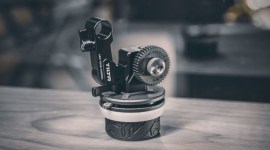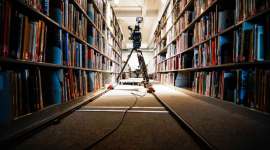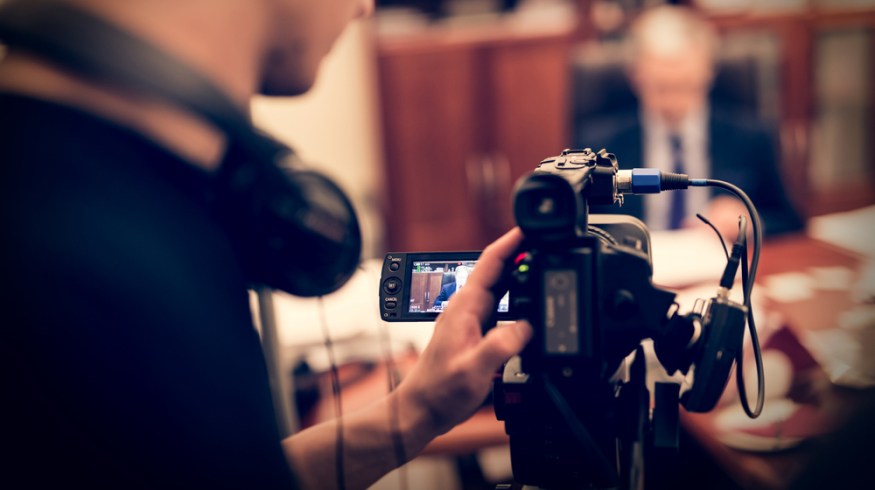
5 Ways to Transform Uninteresting Interview Locations
Every cinematographer should know how to get the most out of locations and sets. Let’s take a look at some ways to elevate any shoot.
Cover image via guteksk7.
We’ve all been there. You walk onto a job, prepared to film an interview, and the perfect location you had selected is no longer available. Neither is your second choice. Or your third. Now you’re stuck in an unideal location.
Taking a boring location and elevating it with come compositional depth is a skill that every cinematographer should have. Let’s take a look at some things that you can do to really improve any uninteresting interview location.
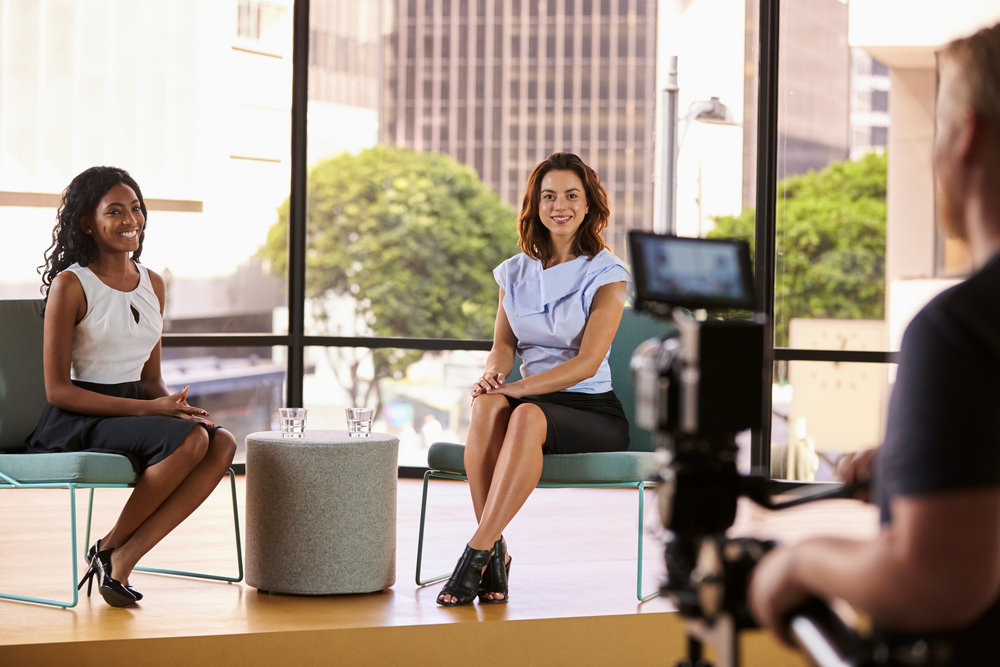
Image via Monkey Business Images.
Depth
Depth is the easiest solution to the problem of boring locations. Find a long hallway, walkway, or even a larger office and use it to create a sense of depth. If you find yourself in a boardroom, use the depth of the table as the background. Your initial reaction in this scenario may be to just put someone up against a white wall. However, by taking a look around, and thinking like a cinematographer, you can usually find ways to add depth to your scene.
Background Art
Sometimes, the only thing you may have to work with is a single wall. In this case, walk around and see what you can find to improve a boring wall. Great add-in elements are things like plants, practical lights, coffee tables, textures, etc. You would be amazed at what adding a lamp to the background on the same side as your key will do to your shot. These additions will bring production value and much-needed life to your interview.
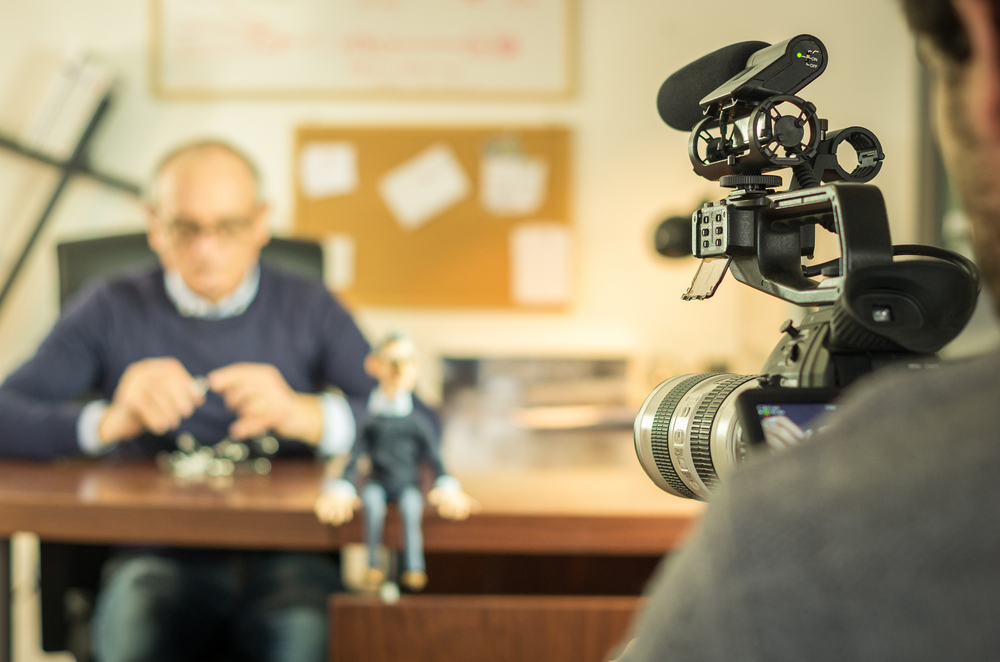
Image via Kar Tr.
Mixing Light Sources
I’m a huge fan of mixing hard and soft light sources. A creamy, soft key with a hard background light can really elevate a scene. My personal strategy is to create a beautiful key light with minimal shadows and then highlight the background with splashes of hard light. If there’s a bookshelf behind the interviewee, I love to take 150 fresnels and just pepper in some hard sources on the background.
Some great harder sources to use include fresnels and ETC source 4s. These lights help separation your subjects and backgrounds in any scene.

Image via lapandr.
Light Falloff
Understanding how light falls off and moves through a space can help you improve the composition of an interview. By taking control of light falloff, you can take a boring white wall and make it appear gray while still perfectly exposing your interviewee.
Create Separation
I like to think that creating the illusion of a 3D world, in the 2D reality of film, makes any production look more cinematic. Separating your interviewee from the background is key to elevating the look of any interview or shot. Never underestimate a good backlight. A well-placed backlight can create a sense of separation between your subject and the background, which will immediately make your image more cinematic.
Looking for more info on cinematography and filmmaking? Check out these articles.




